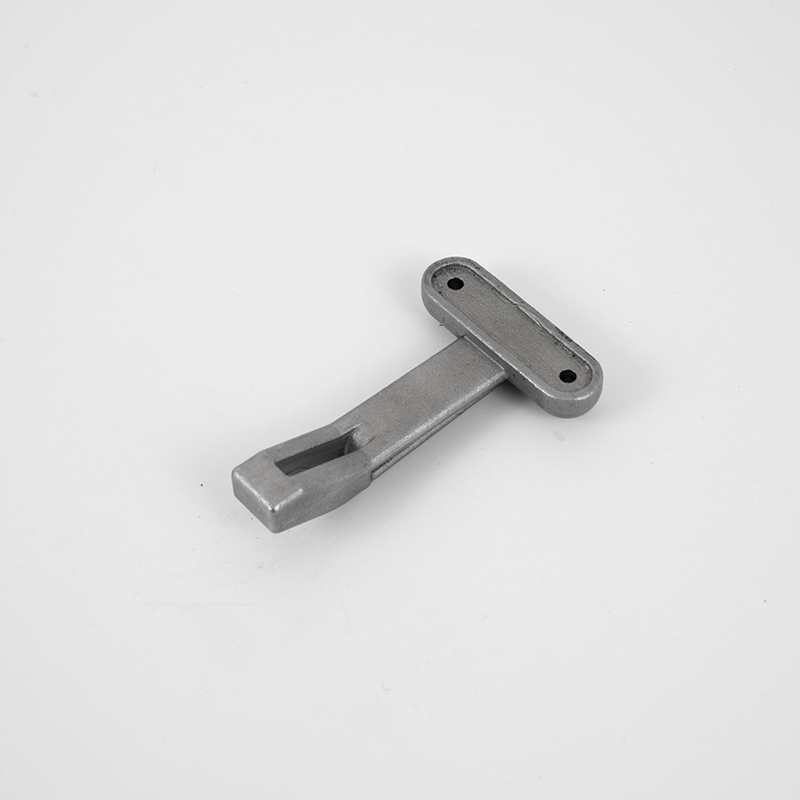The Process of Ductile Iron Lost Wax Casting
2024-04-29
Ductile iron lost wax casting, also known as investment casting or precision casting, is a manufacturing process used to produce complex and detailed ductile iron components with high dimensional accuracy and surface finish. Here's how the process works:
1. Pattern Creation: The process begins with the creation of a wax pattern or replica of the desired ductile iron component. This wax pattern is typically produced using injection molding techniques or by hand sculpting. The pattern is an exact replica of the final part, including all intricate details and features.
2. Assembly: Multiple wax patterns, known as a wax tree or cluster, are assembled onto a central wax sprue or gating system. The gating system includes channels and gates through which molten metal will flow during the casting process.
3. Investment: The assembled wax tree is then coated with a ceramic slurry through a series of dipping and coating steps. The ceramic shell is built up layer by layer around the wax patterns to create a durable and heat-resistant mold. Once the ceramic shell is dry, it is cured to harden the mold.
4. Wax Removal: The ceramic mold is heated in an oven or autoclave to melt and remove the wax from the mold cavity, leaving behind a hollow cavity in the shape of the original wax pattern.
5. Casting: Molten ductile iron is poured into the preheated ceramic mold under controlled conditions. The molten metal fills the cavity left by the wax pattern, ensuring that all details and features of the final part are accurately reproduced.
6. Cooling and Solidification: After the mold is filled, the molten metal is allowed to cool and solidify within the ceramic shell. The casting is then removed from the mold once it has cooled sufficiently.
7. Finishing: The cast ductile iron component may undergo additional finishing processes to remove any excess material, smooth rough surfaces, and achieve the desired surface finish. These processes may include grinding, machining, polishing, and heat treatment as needed.
8. Inspection and Quality Control: The finished ductile iron castings undergo rigorous inspection and quality control measures to ensure they meet the specified dimensional tolerances, surface finish requirements, and mechanical properties. Non-destructive testing methods such as X-ray inspection, dye penetrant testing, and ultrasonic testing may be employed to detect any defects or imperfections.
9. Benefits: Ductile iron lost wax casting offers several advantages, including the ability to produce complex and intricate parts with tight tolerances and excellent surface finish. It also allows for cost-effective production of small to medium-sized batches, reduced machining requirements, and the ability to cast thin-walled sections and delicate features.
Overall, ductile iron lost wax casting is a versatile and precise manufacturing process used to produce high-quality ductile iron components for a wide range of industrial applications, including automotive, aerospace, machinery, and infrastructure. Its ability to produce complex parts with excellent dimensional accuracy and surface finish makes it a preferred choice for many engineering and manufacturing applications.



